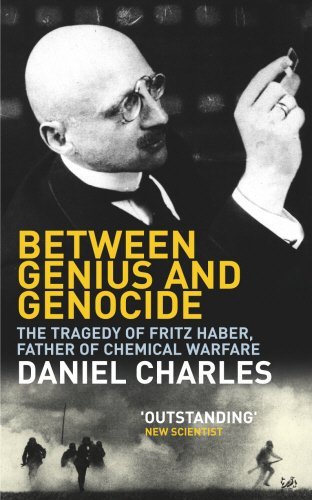
Fritz Haber may be the most important forgotten man in history. He is responsible for saving more lives than any other human being and, at the same time, can be blamed for some of the most concentrated killing ever perpetrated by a single person. First, the good news. Prior to Fritz Haber’s discovery of how to transform inert atmospheric nitrogen into ammonia for fertilizer, the only way to nourish crop plants was with manure: from animals or people. Or by burning and plowing forests and grasslands into submission. By the beginning of the 1900s nearly all of the earth’s arable land had already succumbed to the plow and the production of manure was never going to be able to keep pace.
When Haber created a process for making nitrogen fertilizer from air (and a ton of energy) he released humanity from a perpetual cycle of famine. Without exaggeration it is estimated that 40% of the population of the world today (more than 3 billion of us) eats on a regular basis because of nitrogen fertilizer. Of course, there are numerous downsides affiliated with nitrogen fertilizer, including the additional demands of a global population that has quadrupled since Haber’s 1913 invention.
Haber is also infamous for the invention of chlorine gas first used by Germany’s military to slaughter French troops in World War I. The pain, terror, and death inflicted by chlorine, then phosgene, and finally mustard gas were never before experienced, and was so awful that they have been used rarely ever since.
Dan Charles does an outstanding job of laying out the man, the science, and the context for Fritz Haber and makes us wonder if he was a genius or genocidal maniac? Was Haber inhumane for using chemical weapons first or no different in his methods of killing than the first person to kill from a distance using a bow and arrow, a bullet, a laser-guided missile, or a drone operated by a soldier half a world away?
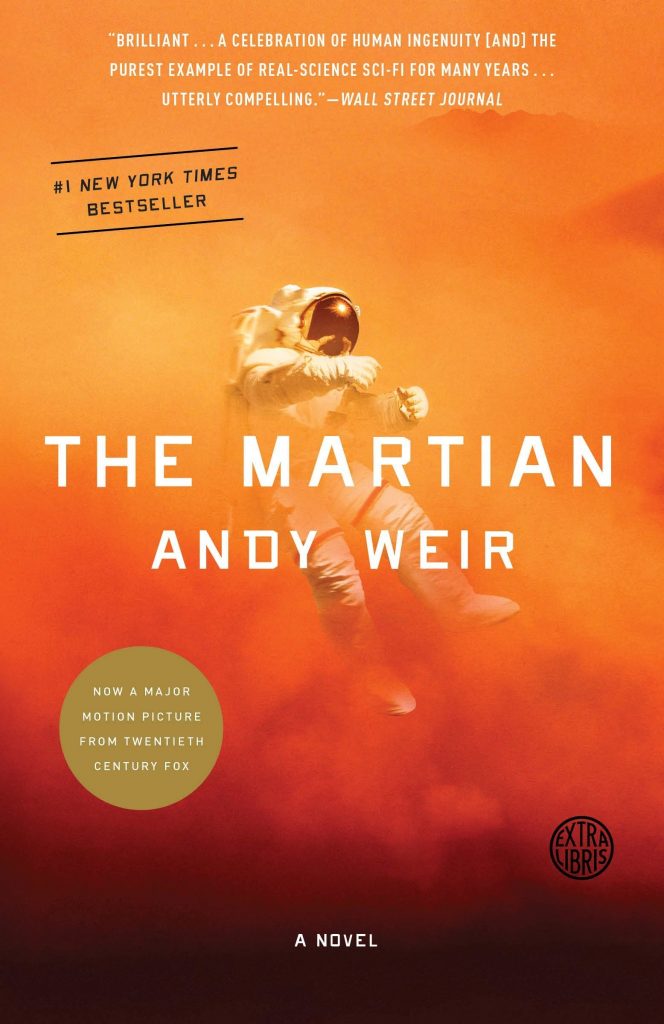
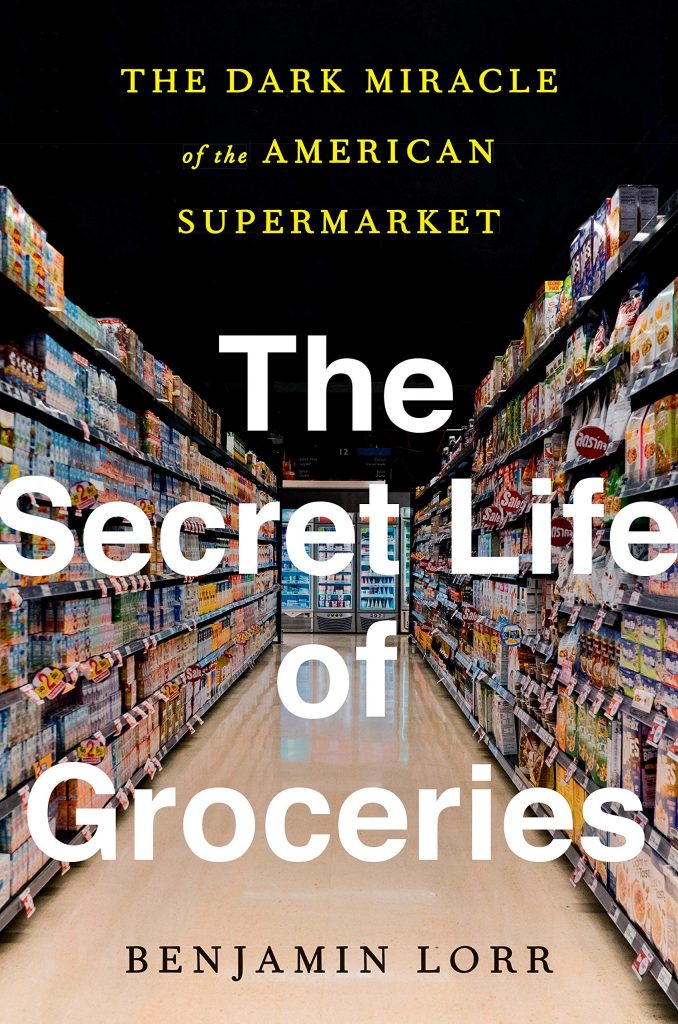
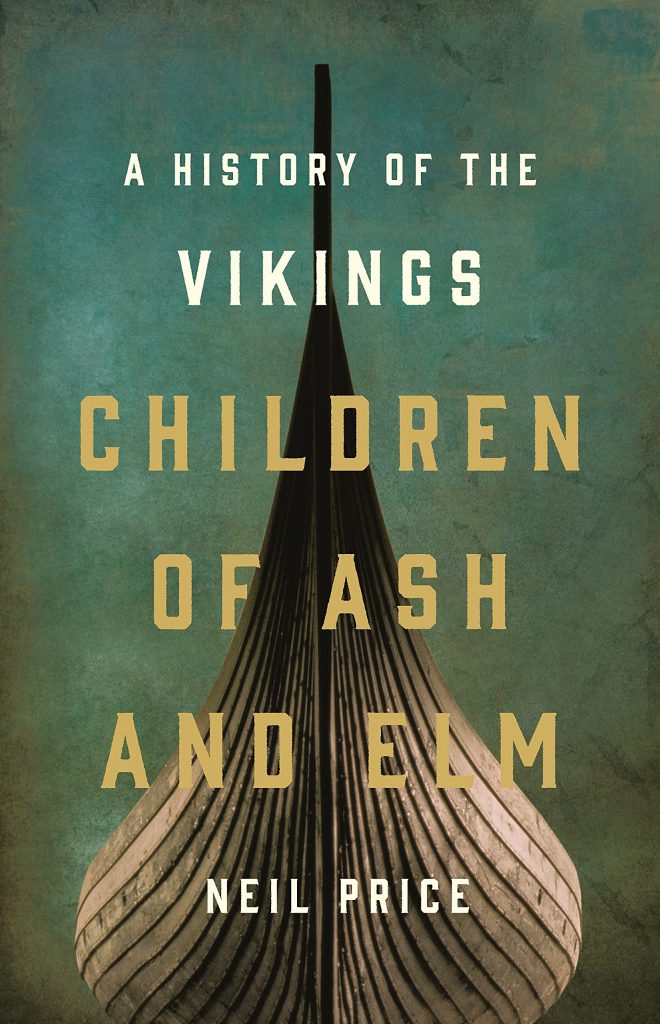
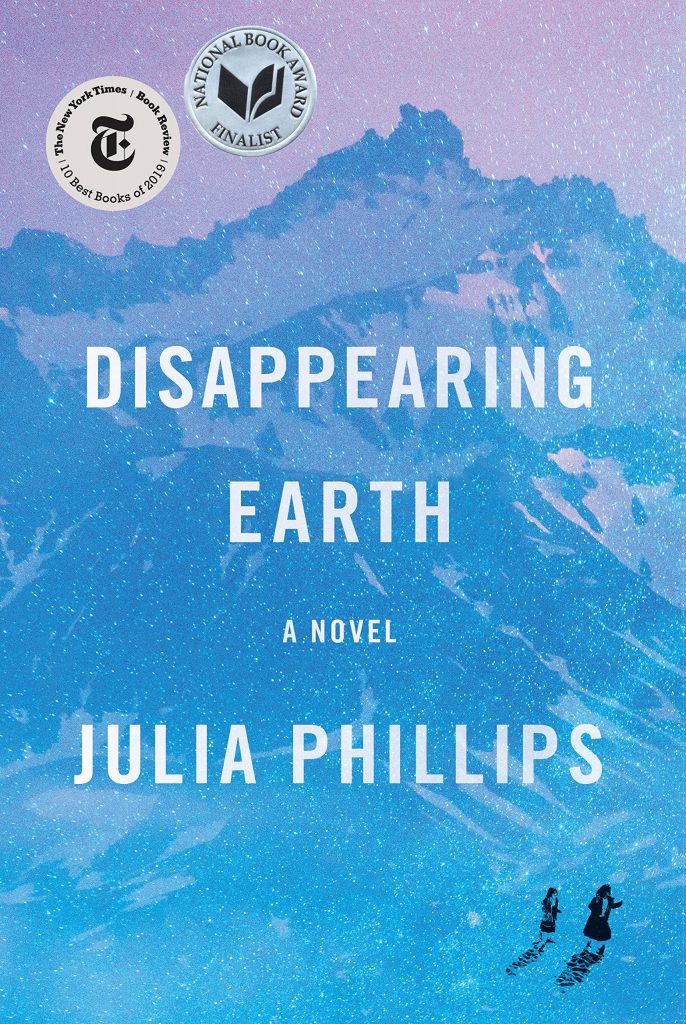
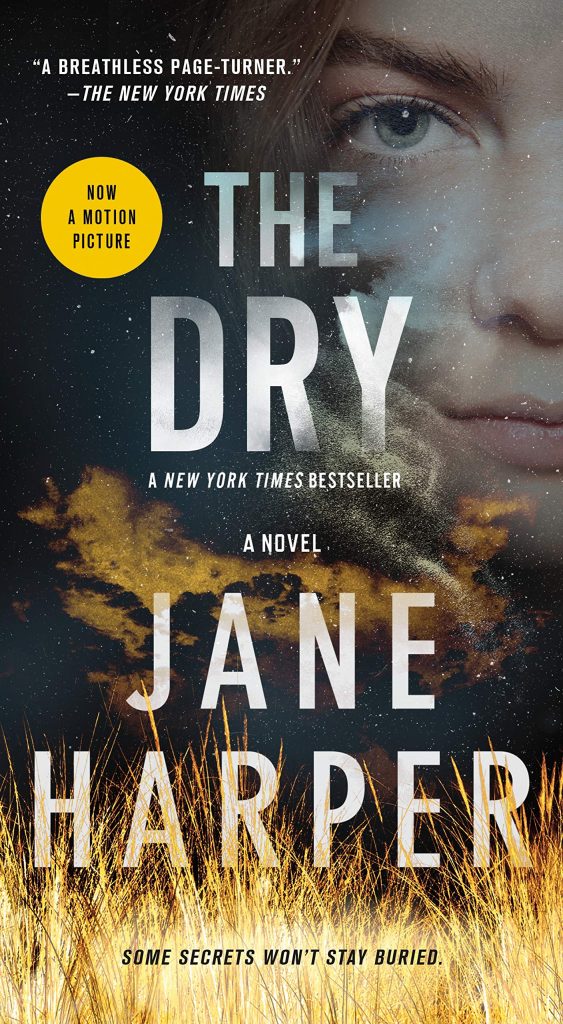
 At the end of the nineteenth century, because no one had ever been there, the virtual consensus among geographers was that the North Pole resided in a warm, open sea. One needed only to sail a ship through the ice surrounding it to reach the open ocean. In 1879, Captain George DeLong and a crew of 30-plus sailors set off for the North Pole. At end of the their first year, their ship, having failed to find open water, was instead frozen in place, where they remained out of communication with the rest of the world for three years. Half of their time was in near total darkness and nearly all of their days and nights were below freezing. Finally, sheets of ice crushed and sank the U.S.S. Jeannette. The crew walked and sailed for hundreds of days across ice floes and freezing oceans with hopes of reaching the coldest landmass on earth, the north coast of Siberia. The test of human physical and psychological endurance is simultaneously contemporary and otherworldly. The relationship of European and American men to the environment, native people of the Arctic, to women, and stoicism is history not to be overlooked.
At the end of the nineteenth century, because no one had ever been there, the virtual consensus among geographers was that the North Pole resided in a warm, open sea. One needed only to sail a ship through the ice surrounding it to reach the open ocean. In 1879, Captain George DeLong and a crew of 30-plus sailors set off for the North Pole. At end of the their first year, their ship, having failed to find open water, was instead frozen in place, where they remained out of communication with the rest of the world for three years. Half of their time was in near total darkness and nearly all of their days and nights were below freezing. Finally, sheets of ice crushed and sank the U.S.S. Jeannette. The crew walked and sailed for hundreds of days across ice floes and freezing oceans with hopes of reaching the coldest landmass on earth, the north coast of Siberia. The test of human physical and psychological endurance is simultaneously contemporary and otherworldly. The relationship of European and American men to the environment, native people of the Arctic, to women, and stoicism is history not to be overlooked.

